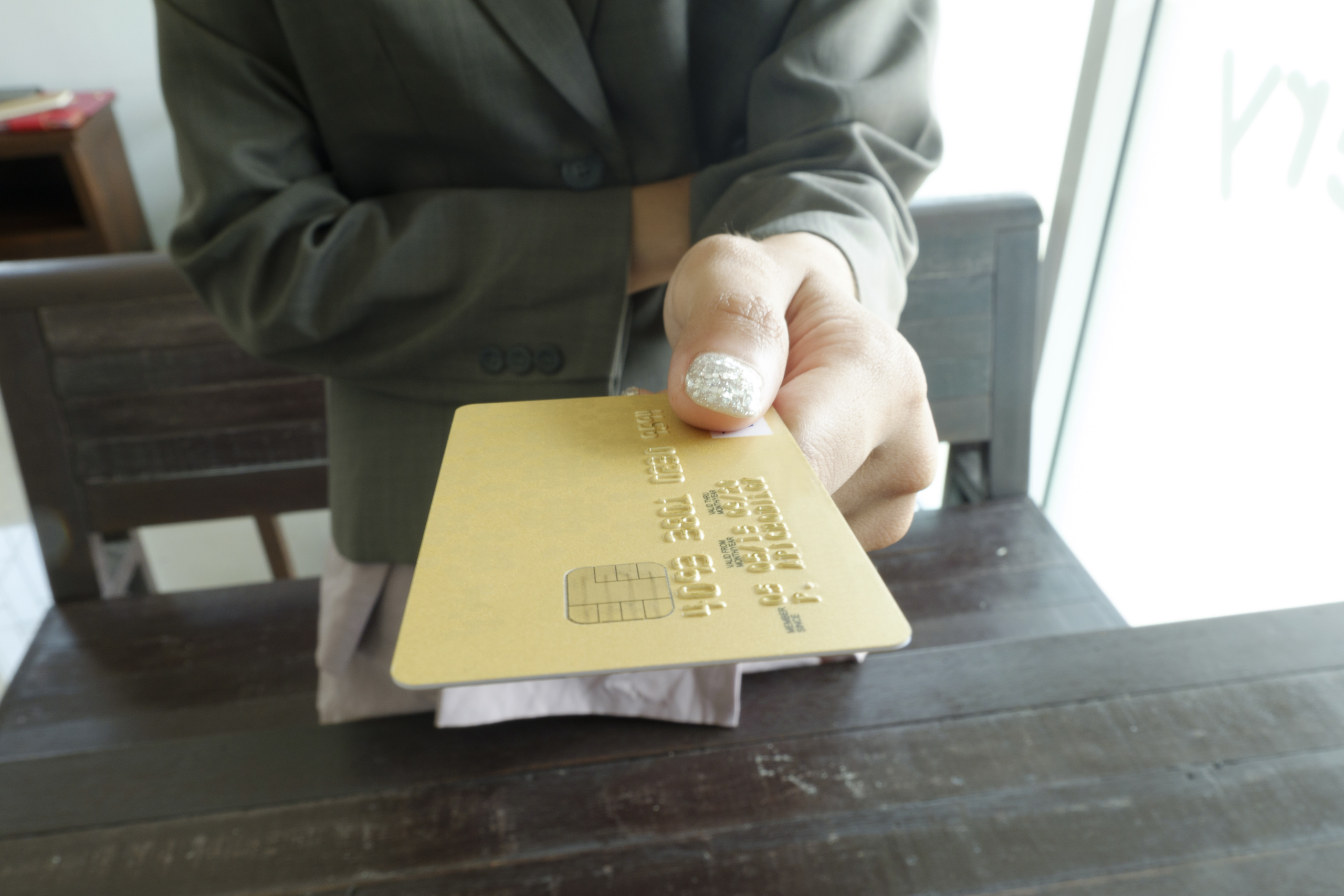Ration Stamps: More Than Just a Piece of Paper
Imagine, for a second, that you are living in a world where every loaf of bread, every liter of milk, and even every grain of rice must be carefully measured. The government tells you how much you can consume, not based on your hunger or preference, but on a small, seemingly insignificant piece of paper—a ration stamp. That’s right, folks. Before the era of online food delivery, 24/7 supermarkets, and endless takeaway options, ration stamps were a reality for millions around the world.
In fact, even today, these little tokens hold a deep historical significance. But what exactly are ration stamps, and why do they still matter? Let’s break it down in a way that even your grandmother would understand.
The Basics of Ration Stamps
First, let’s clear the air. A ration stamp is a government-issued token that limits the amount of certain goods you could buy. Sounds like a grocery store coupon, right? But here’s the catch: it wasn’t a special offer, it was a lifeline. During times of war, economic crisis, or scarcity, ration stamps ensured that everyone had access to basic necessities.
In simple terms, they were a way for governments to control the distribution of food and other essentials. Imagine being able to buy only so much sugar, tea, or butter per month. You’d have to ration it carefully or risk running out before the next month’s allotment.
The War-Time Rationing
Now, let’s add some drama. World War II. The entire world plunged into chaos, and suddenly, food wasn’t so easily available. Factories were producing weapons instead of cakes, and transport ships were being used for military supplies rather than carrying fresh produce. Enter ration stamps.
For the people at home, ration stamps weren’t just pieces of paper; they were keys to survival. In the UK, the U.S., and many parts of Europe, citizens were issued “war ration books” that contained stamps for items like sugar, butter, meat, and even clothing. Without these stamps, you couldn’t get your hands on basic supplies. The government carefully determined how much each person was allowed to consume in order to keep everything balanced. It was equal, or at least as equal as it could get in a time of turmoil.
But the fun didn’t stop there. These stamps also had expiry dates and specific rules. If you didn’t use them within the allocated time frame, they were as useful as a broken pen. Think about that pressure—running to the store, hoping you don’t forget to use your stamps before the deadline. Some people even had to make a social event out of rationing, trading stamps with others for what they really needed.
Ration Stamps: A Social Equalizer?
If you think about it, ration stamps were a curious equalizer. Whether you were a king, a beggar, or the baker down the street, everyone received the same amount of food or goods based on what the government decided. There was no room for hoarding or selfishness—everyone was in it together. Sure, it wasn’t the utopia of fairness, but in a world where things were scarce, ration stamps offered a sense of order and, dare I say, equity.
Imagine today, if we still lived under such a system. Perhaps we’d all be glued to our phones not just for memes and TikToks, but for checking the validity of our “digital ration stamps” for food. Would you panic when your stamp for avocados expires or frantically exchange your quota of organic tomatoes? Maybe. But I’m sure some of us would be good at turning it into a business opportunity—“I’ve got five stamps for quinoa. Who’s got 10 for almond milk?”
The Legacy of Ration Stamps
But wait—here’s where it gets interesting. While ration stamps themselves are a thing of the past in most places, their legacy lives on in our everyday lives. For instance, ever heard of food stamps or welfare programs? The principle remains the same—ensuring that people who need support get their fair share of food and essentials. Ration stamps might not physically exist anymore, but the idea of a system designed to allocate resources during times of crisis is still very much alive in different forms.
Moreover, ration stamps were the precursors to what we now call “coupons” or “discount codes.” Maybe today, we don’t have to show up at a government office to get a ration stamp, but we still live in a world where discounts and codes determine how much we get to spend on food or other essentials. It’s a little less dramatic, but just as effective in keeping things affordable.
Is There a “Last Date” for Ration Stamps in Our Lives?
In today’s world, you might not have to worry about the expiration of your “ration stamps,” but we do face deadlines in our own ways. Perhaps we’re in a race against time to get the best offers on Amazon, or we’re constantly looking for the last-minute discounts before the sale ends. While there’s no literal “ration stamp” anymore, the idea of scarcity and limitations still governs many of our choices.
We all live in an age of excess, but the scarcity mindset still lingers. We’re always seeking out the best deal or the best price—after all, who doesn’t want a good bargain? It’s almost as if we’ve internalized the need to ration, even when there’s plenty to go around.
Conclusion: Rationing Today—Less About Food, More About Choices
So, where does that leave us? While ration stamps might be a relic of the past, the spirit of rationing still resonates. Whether it’s limiting the amount of time we spend on social media, rationing our attention between work and leisure, or figuring out how to make that last packet of instant noodles stretch for another day, we are constantly rationing something.
Maybe it’s time to stop thinking about ration stamps as something from a dusty history book. Perhaps, they’re a reflection of our own internal battles with scarcity—whether it’s food, time, or resources. And while we don’t need to rush to the store with our stamps in hand anymore, the idea of managing our limited resources still feels oddly familiar.


